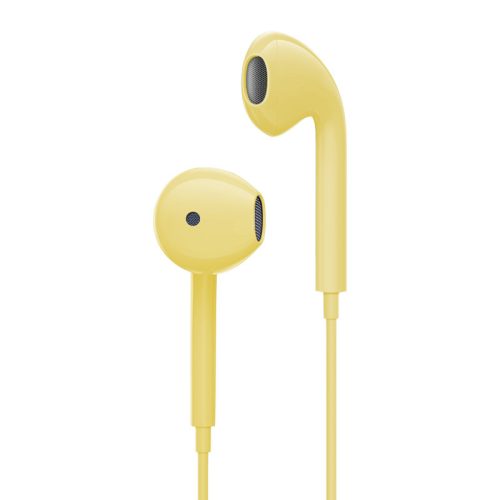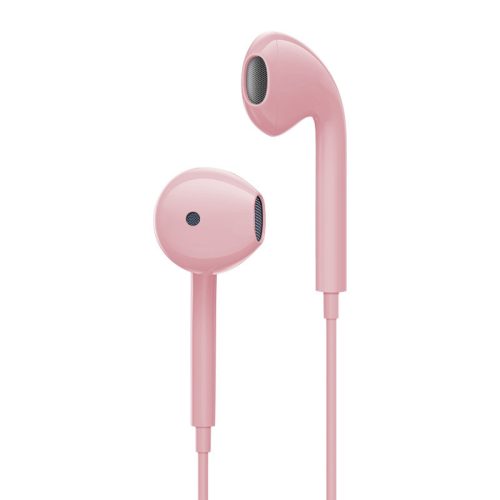Earphones are typically made from a combination of different materials to achieve the desired performance, comfort, and durability. The specific materials used can vary based on the earphone’s design, quality, and price range. Here are some common materials used in the construction of earphones:
- Plastic: Plastic is one of the most common materials used in earphones due to its lightweight and cost-effectiveness. It is often used for the earphone housing, which contains the drivers (speakers) and other internal components. Different types of plastics, such as ABS (Acrylonitrile Butadiene Styrene) and polycarbonate, are commonly used.
- Metal: Some earphones incorporate metal components, such as aluminum or stainless steel, to enhance durability and give a premium look and feel. Metal is often used for the earphone’s outer casing, earbud nozzles, or components related to the cable’s connection points.
- Rubber/Silicone: Soft rubber or silicone is commonly used for earphone ear tips and ear wings (if applicable). These materials provide a comfortable and flexible fit, allowing the earphones to stay securely in the ears while also providing a seal for noise isolation.
- Foam: Memory foam ear tips are becoming increasingly popular in higher-end earphones. These tips conform to the shape of the ear canal, providing an excellent seal for noise isolation and improved comfort over extended periods of use.
- Fabric or Braided Materials: High-quality earphones may use fabric or braided materials for the cables, making them more durable and less prone to tangling. These materials also provide a premium aesthetic touch.
- Rubberized Coatings: Some earphones have rubberized coatings on the surface to improve grip and reduce fingerprints, making them more pleasant to touch and handle.
- Electronics and Components: Inside the earphone housing, various electronic components, such as drivers, circuit boards, and microphones, are used. The materials used for these components can vary based on their function and performance requirements.
It’s worth noting that the materials used in earphones can influence the overall sound quality, comfort, and longevity of the product. Higher-quality materials, along with advanced engineering and design, often contribute to better sound reproduction and a more enjoyable listening experience. As a result, premium earphones tend to use a combination of higher-grade materials to justify their price points.


